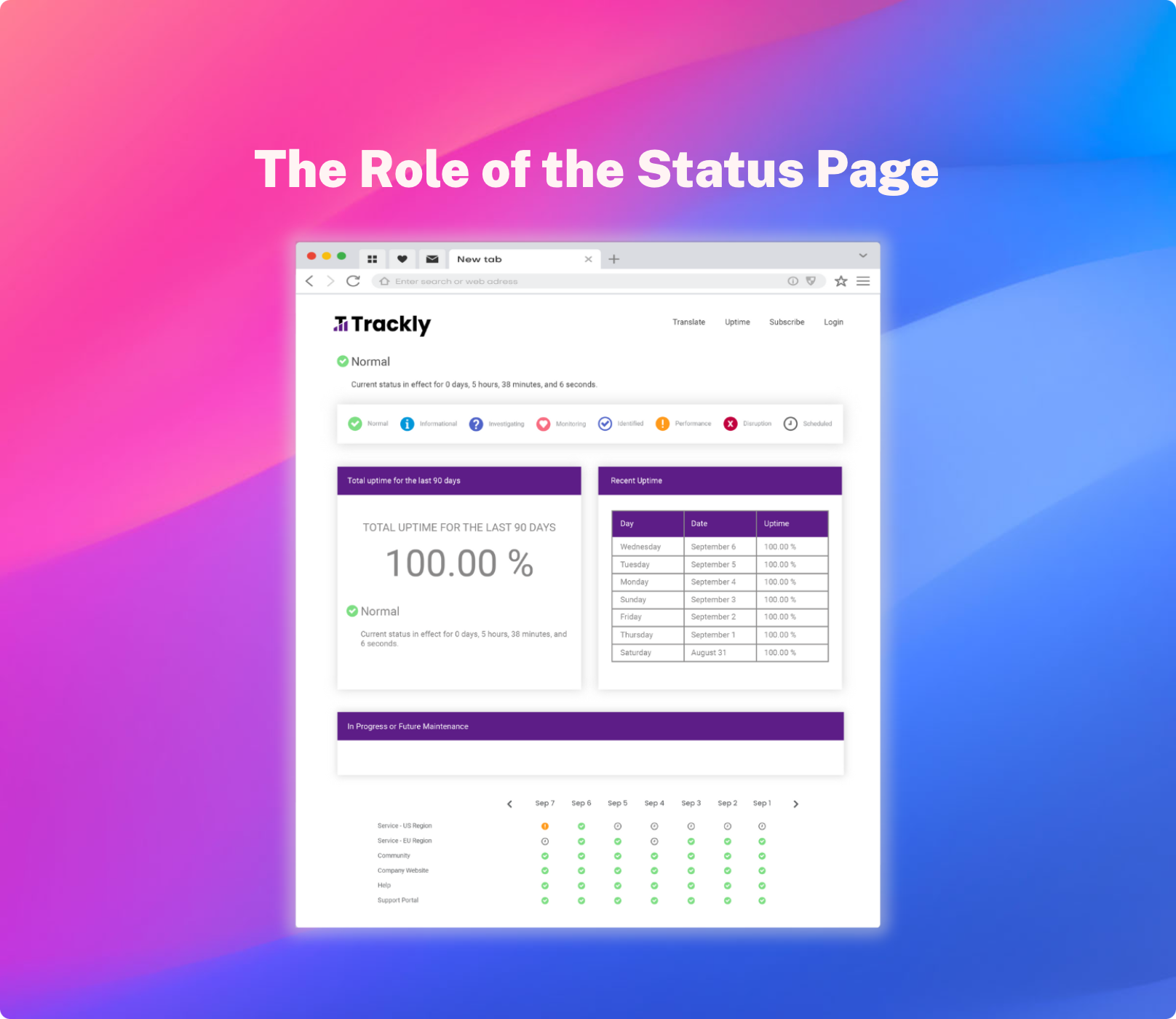Demonstrate value. Demonstrate trustworthiness.
That sounds unhelpfully simple but that’s what any advice about increasing SaaS growth and equally importantly customer retention boils down to. And ultimately both rely upon handling failure professionally.
Demonstrating value is about perfecting your product and your pitch. You will fail to hit the bullseye on your first attempt, and probably even your fourth attempt. But by learning from those misses, you can get at the heart of what your market will happily pay for and what you need to show them to prove that you can deliver the goods. Pretotyping can be a helpful practice here (that’s not a typo, read on for an explanation).
Demonstrating trustworthiness is about establishing for your customers that when the going gets tough, you’re still the provider they want to rely upon. While healthy financials can help here, the most important thing you can provide to inspire confidence is transparency. Downtime communication is a key component to conveying transparency to your customers.
Reducing Churn with Pretotyping
InsightSquared shared a great article yesterday about pretotyping, and how it fits into the lean SaaS startup/agile SaaS company framework – and has even been employed successfully by giants like Google.
To be honest, I had never heard the term previously, but the concept is familiar. Pretotyping is basically a pre-functional prototype that allows you to reduce the cost of the initial iterations of your product.
Two examples they offered were dashboard-style reports that are actually created manually (a pretotype of reporting software) and as absurd as it sounds a piece of wood (a pretotype of the PDA – read the full article for more details).
In these instances, by getting in more testing prior to investing heavily in development, you are reducing the cost of your initial failures. This cost savings is not merely on the development side but also comes from prospects seeing more value in your offering more immediately.
The important takeaway is that you are not avoiding failure, because you cannot achieve that 100% – you are instead positioning yourself to lose the least and gain the most from failure when it happens.
Reducing Churn with Downtime Communication
The inability to access your SaaS application, whether due to scheduled maintenance or due to an unplanned error, is obviously a frustration point for your customers and their end users. Effective downtime communication (for instance, through a hosted status page) helps put the current disruption in the broader context of your long history of SaaS application uptime. It also shows your customers that you are proactive and honest in communicating with them when there are issues, and that you are working to resolve them as quickly and completely as possible.
The Question of Failure
Pretotyping and downtime communication are just two examples of activities that can help equip your company to navigate failure in a way that results in positive momentum.
You can learn more about how a hosted status page can facilitate downtime communication here.





